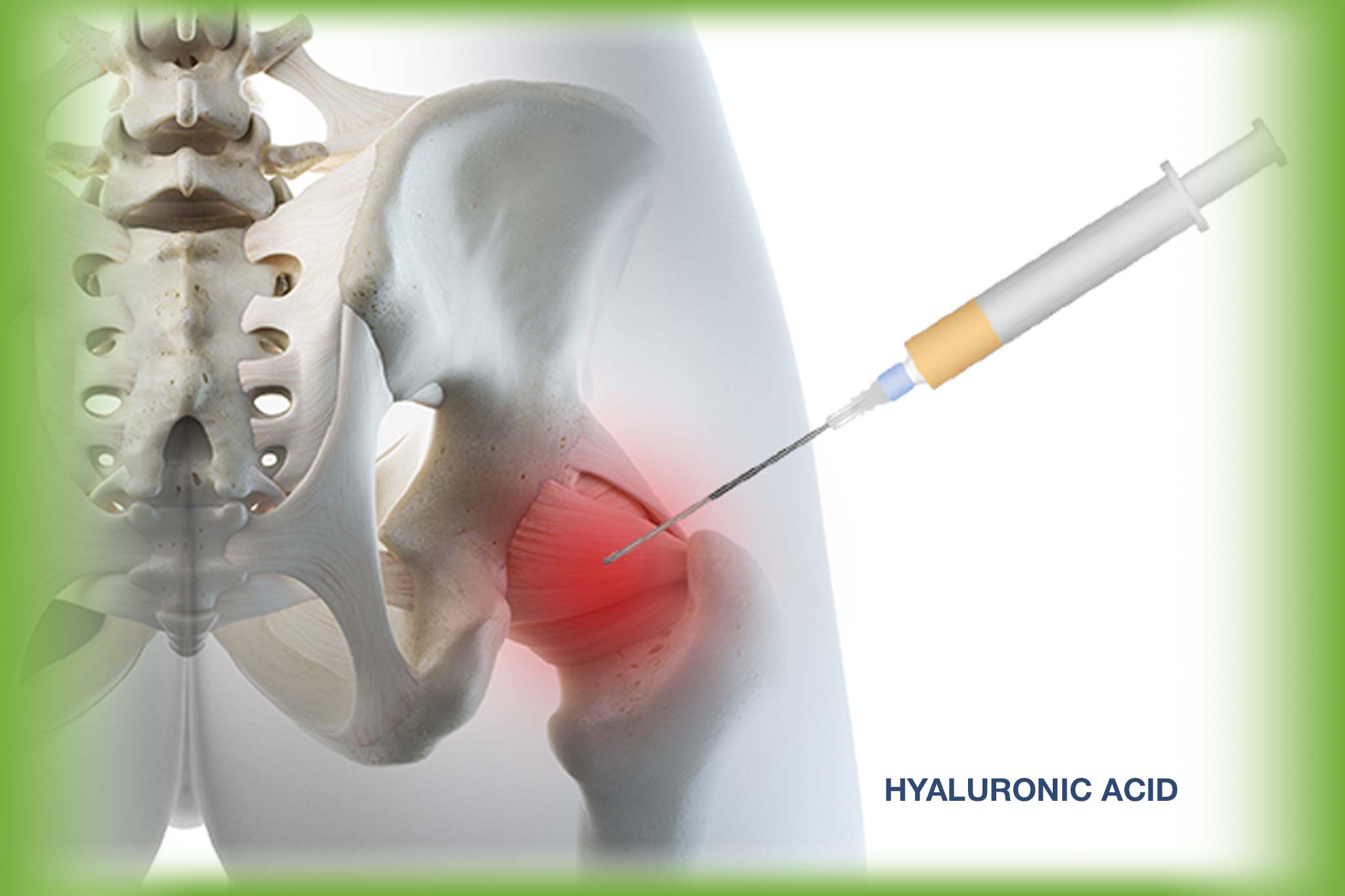Hip Pain: Causes, Symptoms, and Treatment Options
Hip pain can significantly affect your ability to move, walk, or engage in everyday activities. Whether caused by injury, overuse, or a degenerative condition, hip pain can range from mild discomfort to severe, chronic pain. Understanding the causes, symptoms, and treatment options for hip pain is crucial to finding effective relief and improving your mobility.
Common Causes of Hip Pain:
- Osteoarthritis: Osteoarthritis is one of the most common causes of hip pain, especially in older adults. It occurs when the cartilage that cushions the hip joint breaks down over time, causing pain, stiffness, and swelling in the joint. This condition can make it difficult to move the hip freely and comfortably.
- Hip Bursitis: Hip bursitis is the inflammation of the bursae (fluid-filled sacs) in the hip, often caused by overuse or repetitive motion. This condition causes pain on the outer side of the hip, which can worsen with prolonged standing or walking.
- Tendinitis: Tendonitis in the hip occurs when the tendons around the hip joint become inflamed, usually due to repetitive stress or overuse. It is often seen in athletes or individuals who engage in frequent physical activity.
- Hip Labral Tears: A tear in the labrum, the cartilage that surrounds the hip joint, can cause pain, stiffness, and a feeling of instability. Labral tears are often caused by injury, trauma, or wear and tear from repetitive motion.
- Femoroacetabular Impingement (FAI): FAI occurs when there is an abnormal contact between the femur (thigh bone) and the acetabulum (the socket of the hip joint). This abnormal motion can lead to pain and damage to the cartilage, resulting in hip discomfort, especially with movement or exercise.
- Fractures: Hip fractures, particularly in older adults, can result from falls or accidents. Fractures cause severe, immediate pain and usually require medical intervention, such as surgery.
- Sciatica or Nerve Compression: Nerve compression, often from a herniated disc or spinal condition, can cause pain that radiates from the lower back to the hip, often leading to discomfort or a tingling sensation in the hip and leg.
- Inflammatory Diseases: Conditions such as rheumatoid arthritis or ankylosing spondylitis can cause inflammation in the hip joint, leading to pain, stiffness, and loss of mobility over time.
- Infection or Tumors: While rare, infections or tumors in or around the hip joint can cause pain and swelling that require immediate medical attention.
Symptoms of Hip Pain:
- Pain or discomfort in the hip joint or groin area
- Stiffness or reduced range of motion, making it difficult to move or bend the hip
- Swelling, bruising, or warmth around the hip area
- Pain that worsens with walking, standing, or physical activity
- A limp or difficulty bearing weight on the affected leg
- Radiating pain to the thigh, knee, or lower back
Key Benefits of Regenerative Medicine for Hip Pain:
- Non-Surgical Treatment Option: Regenerative therapies provide a non-invasive alternative to surgery. This allows patients to avoid the risks, long recovery times, and potential complications that come with traditional hip surgeries, such as hip replacements or arthroscopy.
- Stimulates Natural Healing: Regenerative treatments work by harnessing the body’s own healing abilities. Platelets, stem cells, and growth factors are used to repair damaged tissues, reduce inflammation, and promote healing in the hip joint, tendons, ligaments, and cartilage.
- Reduces Pain and Inflammation: Many hip conditions, such as osteoarthritis and tendonitis, involve chronic inflammation that causes pain and stiffness. Regenerative medicine can effectively reduce inflammation, providing long-term relief from hip pain without relying on pain medications or steroids.
- Restores Function and Mobility: By encouraging tissue regeneration, regenerative treatments help restore mobility and strength to the hip joint. This can improve overall function and make it easier for patients to perform daily activities like walking, climbing stairs, or exercising, without discomfort.
- Addresses the Root Cause of Pain: Unlike traditional treatments that only address symptoms, regenerative medicine focuses on healing the underlying damage to tissues in the hip. This means that the benefits can be longer-lasting, and patients can experience sustained relief from pain and discomfort.
- Faster Recovery and Minimal Downtime: Compared to traditional surgeries, regenerative treatments typically have a faster recovery time. Most patients can resume normal activities sooner, with less downtime and fewer risks of complications.
- Improves Cartilage Repair: Regenerative therapies like stem cell therapy can help promote cartilage regeneration in the hip joint, which is especially beneficial for individuals with osteoarthritis or cartilage wear. This helps reduce joint pain and slow the progression of degenerative conditions.
- Minimal Side Effects: Since regenerative treatments often use the patient’s own cells (such as PRP or stem cells), the risk of allergic reactions or rejection is very low. This makes these treatments a safe option for many patients.
- Long-Term Relief: By promoting tissue regeneration and healing, regenerative medicine can provide long-lasting relief from hip pain. Patients often experience a reduction in pain and an improvement in function over the long term, which can delay or even eliminate the need for more invasive treatments like hip replacement surgery.
- Personalized Treatment Plans: Regenerative medicine is highly customizable, allowing treatments to be tailored to the individual’s specific condition. Whether it’s osteoarthritis, tendon injuries, labral tears, or bursitis, these therapies can be adjusted to target the exact areas that need healing.
At, La Mano Regenerative Medical, we are dedicated to providing effective, personalized, and cutting-edge treatments to help you manage and overcome pain. Whether you're dealing with chronic pain, an acute injury, or a debilitating condition, our team of experts is here to offer compassionate care and innovative solutions tailored to your unique needs.






